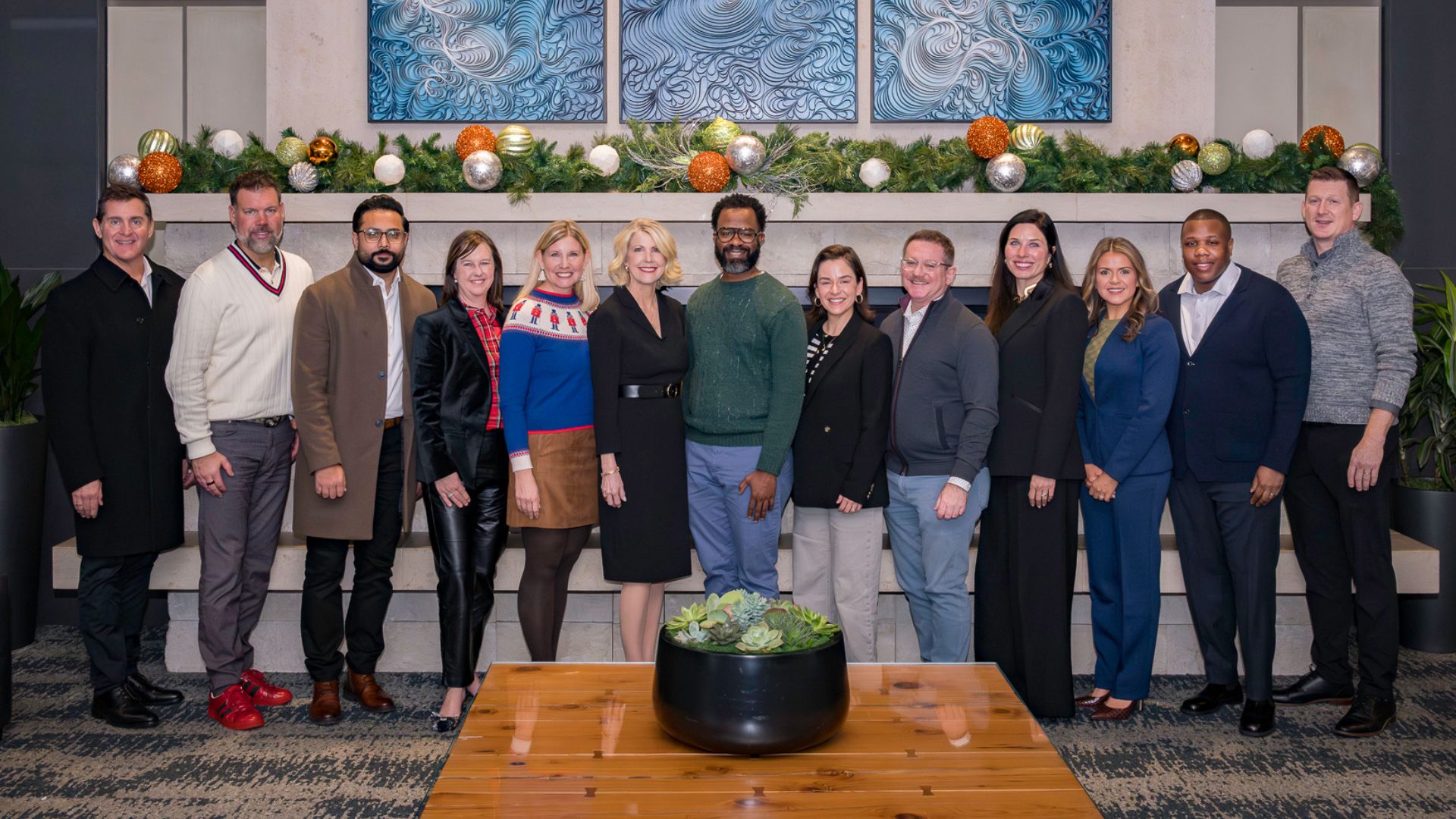
The recent National Retail Federation and Prosper Insights & Analytics survey reveals a record-breaking shopping spree over the Thanksgiving to Cyber Monday period, with 200.4 million shoppers, surpassing last year’s 196.7 million. This turnout exceeded NRF’s forecast by over 18 million. NRF President and CEO Matthew Shay highlighted this period as reflecting the robust resilience of consumers and the economy’s strength. Retailers, both large and small, were prepared with safe, convenient, and affordable shopping experiences.
Physical stores attracted 121.4 million visitors, consistent with last year’s 122.7 million, while online shopping saw an increase to 134.2 million from 130.2 million. Black Friday remained the most popular for in-store shopping, with 76.2 million shoppers, an increase from last year’s 72.9 million. However, the Saturday following Thanksgiving saw a slight decrease in in-store shoppers, with about 59 million compared to last year’s 63.4 million.
Black Friday was also the top day for online shopping, with 90.6 million consumers, up from 87.2 million in 2022. Cyber Monday, however, experienced a slight dip in online shoppers. Desktop and laptop usage for online shopping on Cyber Monday remained consistent with last year, while mobile device usage slightly decreased.
“The surge in shoppers this holiday weekend isn’t just a win for Washington state’s retailers, said Renée Sunde, WR President and CEO, “it’s a testament to the evolving consumer confidence and the innovative strategies businesses are using to meet shoppers both online and in-store.”
The primary shopping destinations included online stores, grocery stores, supermarkets, department stores, clothing, and electronics stores. Most shoppers (95%) made holiday-related purchases, with an average spend of $321.41, similar to last year. Top purchased items were clothing, toys, gift cards, and personal care or beauty items – a new entrant in the top five.
Consumers were significantly influenced by sales and promotions, with 55% stating that these factors drove their purchasing decisions, an increase from 52% in 2022. Retailers have adapted by offering earlier sales throughout the season, with over half of the consumers taking advantage of these deals. As of Thanksgiving weekend, 85% of consumers had started their holiday shopping, nearly halfway through their shopping lists.

